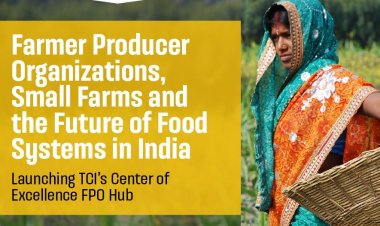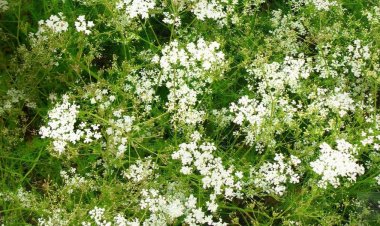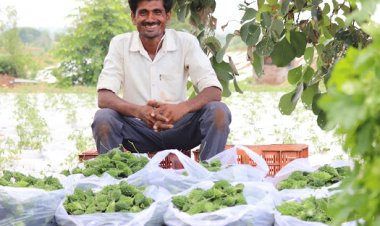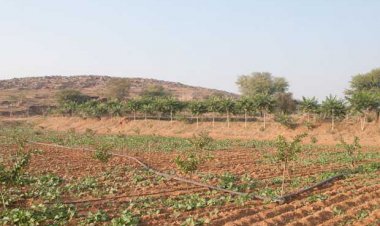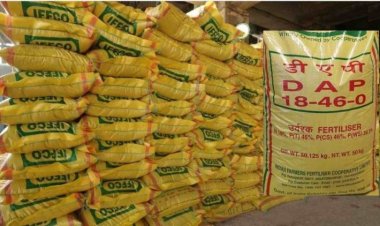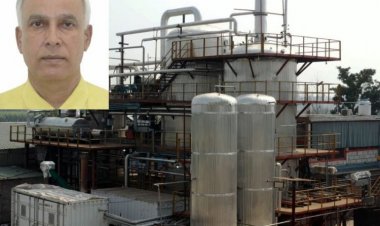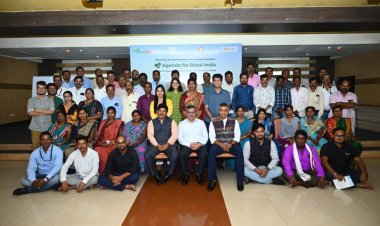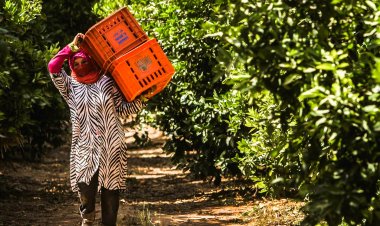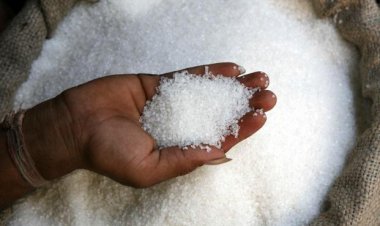Rural Voice Special: How protected cultivation technology is benefiting the farmers
Five times more yield can be obtained through this technology as compared to traditional farming. The yields of some crops like cucumber and bell pepper go up by as much as 10 times.
Many farmers in the country have left traditional farming now and are earning huge profits by adopting new farming techniques. As time passes, cultivation methods are witnessing new experiments and changes. Adopting these in farming is proving to be highly profitable. Protected cultivation technology is one of these state-of-the-art technologies. The farming of expensive vegetables and fruits with the help of this technology fetches immensely good returns for the farmers.
Dr Avani Singh, Principal Scientist, Centre for Protected Cultivation Technology (CPCT), Indian Agricultural Research Institute (IARI), Pusa, spoke about protected cultivation at the Rural Voice Agritech Show. You may watch this episode of the show by clicking on the video link given above.
Various structures like polyhouse, shade net house, low tunnel and greenhouse are used in protected cultivation, said Dr Singh. Farming is done under controlled temperature and drip irrigation is employed. Water is filtered before they reach the plants. Fertilizers are also applied through the drip system. Sprinklers and foggers are used to control temperature. Crops can be produced as per requirement in the off season or according to market demand. Five times more yield can be obtained through this technology as compared to traditional farming. Dr Singh said that the yields of some crops like cucumber and bell pepper went up by as much as 10 times.
According to Dr Singh, the protected-cultivation structure provides conducive microclimate conditions for the production of high-quality vegetables, flowers and medicinal crops. In protected cultivation, 200-250 quintals of tomato, 150-200 quintals of cherry tomato, 200-250 quintals of cucumber and 80-100 quintals of bell pepper are produced per acre.
Dr Singh said that farming with the help of this technology fetched better prices for the farmers in the off season. High-quality vegetables can be grown even in less-fertile soils. Water is a major problem for the farmers, but in protected cultivation, a greater yield of vegetables is possible even with less water as a micro-irrigation system is used here.
Several crops can be cultivated in the same soil in a year, said Dr Singh. A plant nursery is easily developed in a naturally ventilated polyhouse. Crops are also protected from insect diseases in protected cultivation. Besides, there is a greater yield with better quality.
Farming can be done through protected cultivation even in areas where crops do not grow otherwise. This technology protects the plants from wind, rain, ice and birds. It promotes sophisticated agricultural technologies like hydroponics, aeroponics and vertical farming. Protected-cultivation structures are very advantageous for farmers because hybrid seeds are very expensive. It is necessary that every seed germinates. This necessitates the control of temperature.
Dr Singh said, “Protected-cultivation structures get grants up to nearly 50 per cent from the Central government. The states, too, contribute up to 20 per cent grant.” Thus, farmers get support up to 70 per cent.
Abhishek Gupta, a farmer from the Kurukshetra district in Haryana who uses protected cultivation technology, said that the landholding size was decreasing. Increasing productivity and farmers’ income is the need of the hour. He said, “We cultivate bell peppers. We get a yield of 80-90 quintals per acre. If grown in the natural environment, bell pepper gives a yield of only up to 40 quintals.”
Gupta said that small protected-cultivation structures were quite profitable for economically weaker and small farmers. Medium, small and marginal farmers can adopt this technology to increase their incomes.
You should always choose such crops for protected cultivation as have a large demand in the market and can sell at a good price. Among vegetables, you can grow crops like French beans, capsicum/bell pepper, tomato and cucumber. You can also cultivate flowers like carnation, Dutch rose, gladiolus, lily and anthurium.











